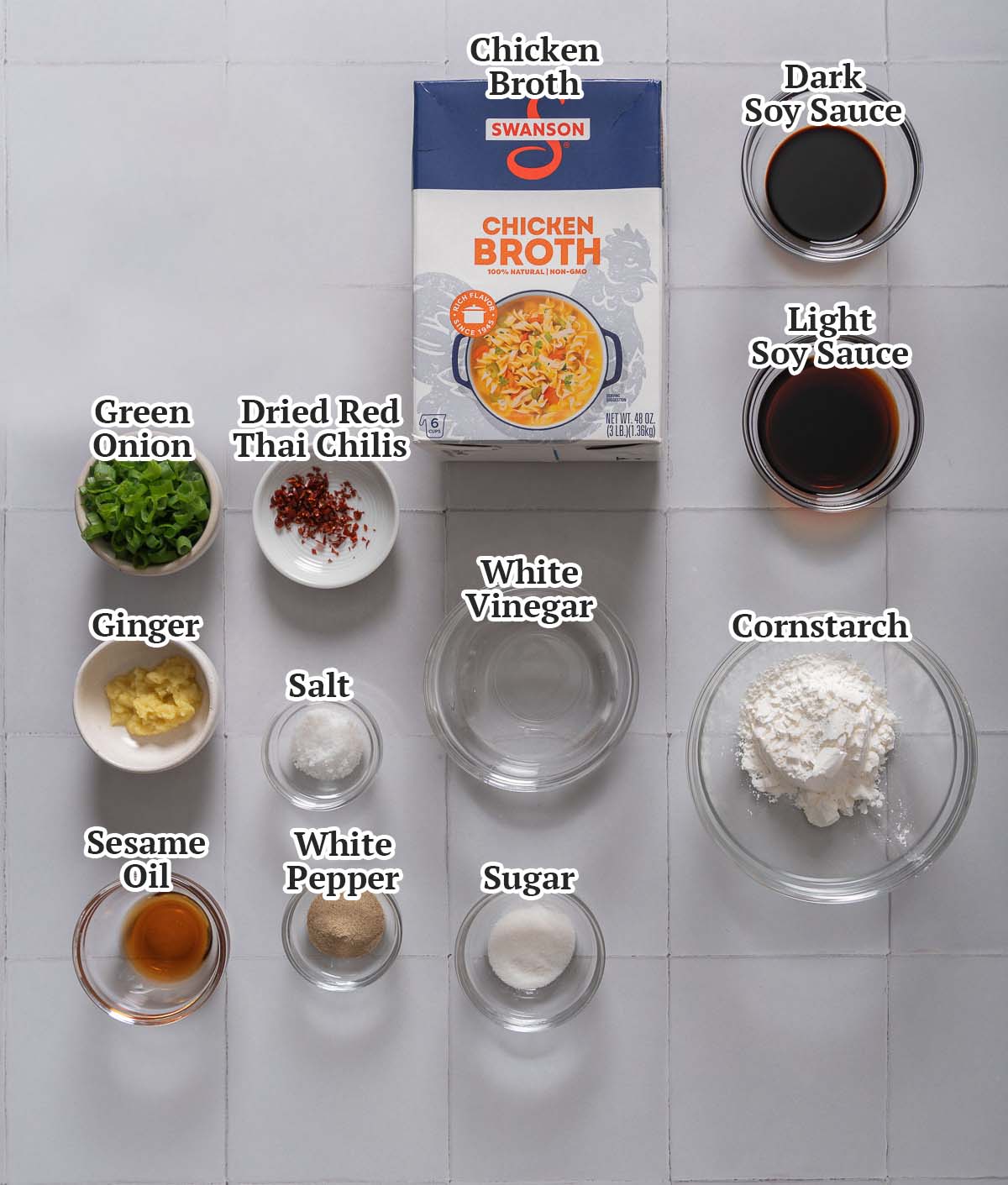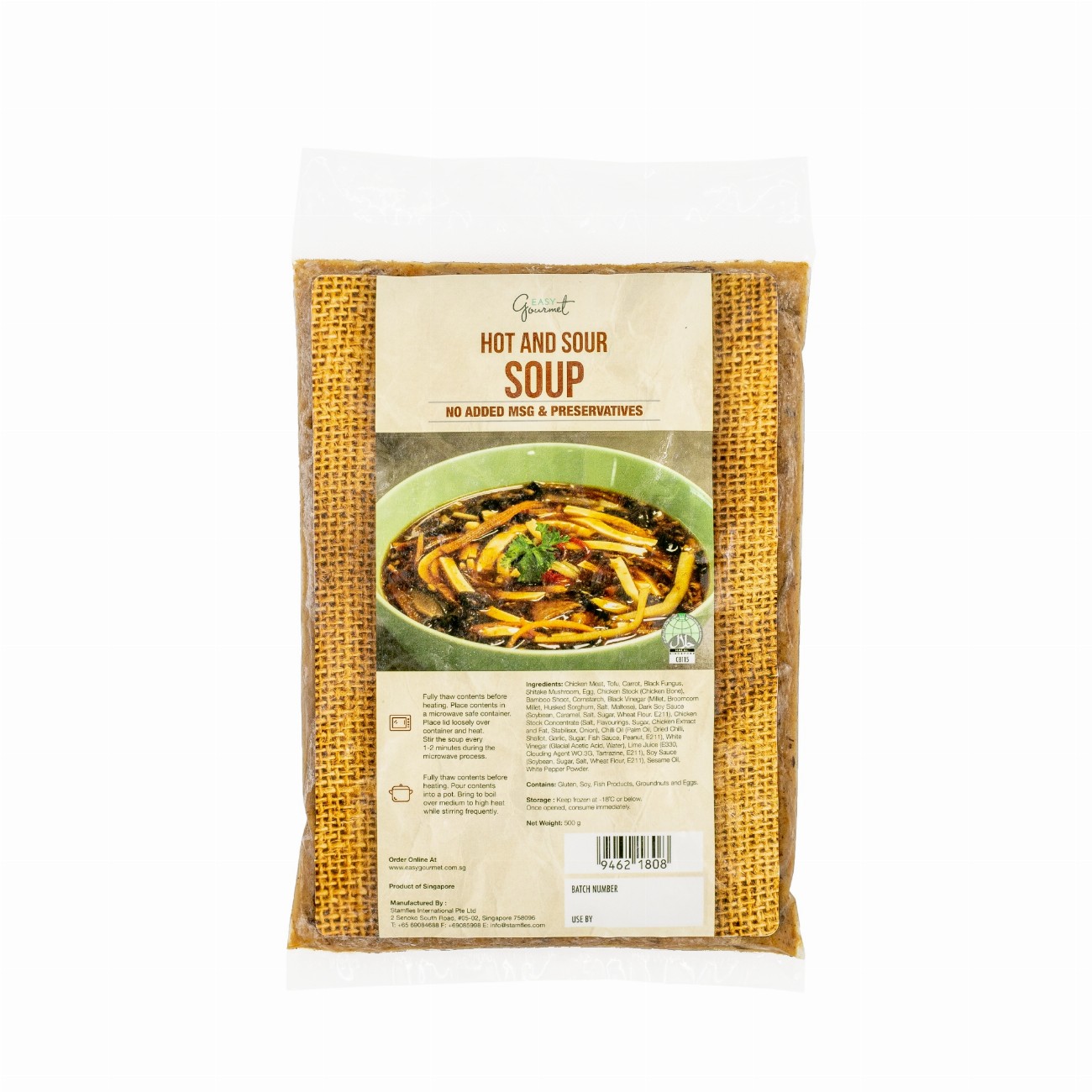Hot and sour soup is a staple in Chinese cuisine, known for its bold flavors and comforting warmth. While many people rely on takeout versions from local Chinese restaurants, the truth is that homemade hot and sour soup can be even more vibrant and satisfying. This article explores the art of making hot and sour soup at home, from understanding its ingredients to mastering the techniques that bring out its unique flavor profile.

What Makes Hot and Sour Soup Unique?

Hot and sour soup is a classic dish found in Chinese takeout menus and buffets across the United States. Its defining characteristics are its contrasting flavors—hot (spicy) and sour (tart), which create a dynamic and appetizing experience. Traditionally, it includes ingredients like dried shiitake mushrooms, wood ear mushrooms, and pork blood, but modern variations often use fresh alternatives such as shiitake mushrooms, bamboo shoots, and tofu. The broth can be made from chicken, pork, beef, or lamb, giving it versatility based on personal preference.
Key Ingredients and Their Roles

To make a delicious hot and sour soup, you’ll need a combination of ingredients that contribute to its signature taste:
- Chicken Broth: Provides a rich base. Using reduced-sodium chicken broth allows better control over saltiness.
- Seasoned Rice Vinegar: Adds the "sour" element. It’s milder than white vinegar and has added sugar and salt for balance.
- Soy Sauce: Enhances umami flavor. Reduced-sodium soy sauce helps keep the soup from becoming too salty.
- White Pepper: Traditional choice for heat, offering an earthier and sharper flavor compared to black pepper.
- Hot Chili Oil and Red Pepper Flakes: Provide the spicy kick. Adjust the amount based on your spice tolerance.
- Tofu: Adds texture. Extra-firm tofu is ideal, but softer varieties can also be used with careful handling.
- Shiitake Mushrooms: Offer a deep, umami-rich flavor. Fresh or dried options work well.
- Bamboo Shoots: Contribute a crunchy, slightly sweet texture. Canned or frozen varieties are convenient.
- Cornstarch and Water: Used to thicken the soup, creating a velvety consistency.
- Eggs: Create delicate ribbons when drizzled into the soup while swirling, adding visual appeal and texture.
- Sesame Oil: Adds a nutty aroma and flavor, typically used as a finishing oil.
- Green Onions: Provide a fresh, oniony flavor and a pop of color.
How to Make Hot and Sour Soup at Home
Making hot and sour soup at home is straightforward, but attention to detail ensures the best results. Here’s a step-by-step guide:
1. Prepare the Soup Base
In a large pot, bring chicken broth to a simmer. Add rice vinegar, soy sauce, chili oil, salt, white pepper, and red pepper flakes. Stir to combine.
2. Add Vegetables and Tofu
Add sliced shiitake mushrooms, bamboo shoots, and tofu. Cook for 10–15 minutes until the mushrooms soften.
3. Thicken the Soup
Mix equal parts cornstarch and water in a bowl. Slowly stir this slurry into the soup until it thickens, taking care not to boil it.
4. Create Egg Ribbons
Swirl a wooden spoon in the soup to create a whirlpool. Carefully pour beaten eggs into the pot in a thin stream. Continue swirling to form delicate ribbons.
5. Finish the Soup
Stir in sesame oil and serve with sliced green onions.
Variations and Customization

Hot and sour soup is highly adaptable, allowing for personalization:
- Vegetarian Version: Replace chicken broth with vegetable broth.
- Meatier Option: Add shredded pork or chicken for extra protein.
- Mushroom Alternatives: Use cremini or white button mushrooms instead of shiitakes.
- Traditional Twist: Incorporate dried shiitake mushrooms, wood ear mushrooms, and black vinegar for a more authentic flavor.
Storage and Reheating Tips
While hot and sour soup is best enjoyed fresh, leftovers can be stored in an airtight container in the refrigerator for up to four days. However, the egg ribbons may become rubbery, and the tofu texture may change. Freezing is not recommended, as the cornstarch slurry loses its thickening properties. When reheating, add the tofu, cornstarch, and egg just before serving to maintain the desired texture.
Why Make It at Home?
Homemade hot and sour soup offers several advantages over takeout:
- Control Over Flavor: Adjust the heat and sourness levels to suit your taste.
- Fresh Ingredients: Avoid the greasy or overly thickened versions often found in restaurants.
- Cost-Effective: Making it at home can save money, especially if you have access to affordable ingredients.
Conclusion
Hot and sour soup is a versatile and flavorful dish that can elevate any meal. By making it at home, you gain the ability to customize the recipe to your preferences while enjoying the satisfaction of cooking. Whether you’re a fan of traditional recipes or looking to experiment with new ingredients, hot and sour soup is a must-try. With a little practice, you’ll be able to recreate the restaurant-quality experience right in your own kitchen.